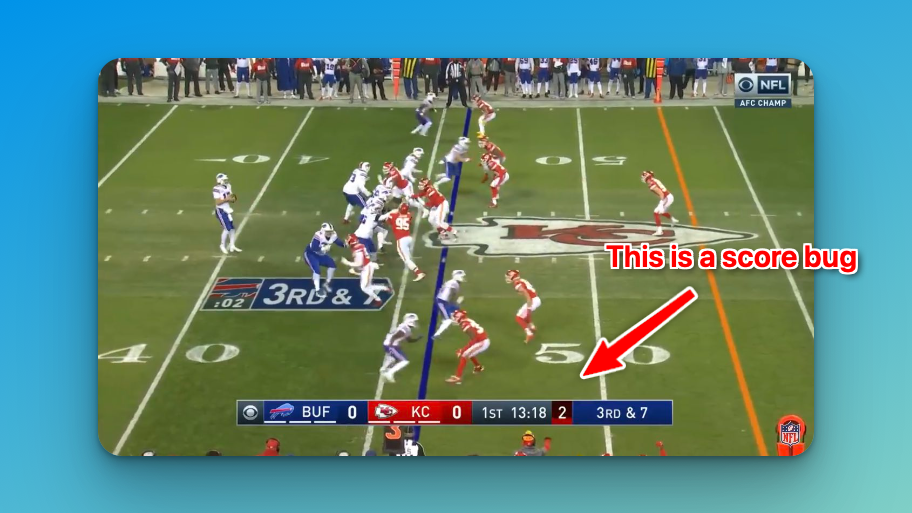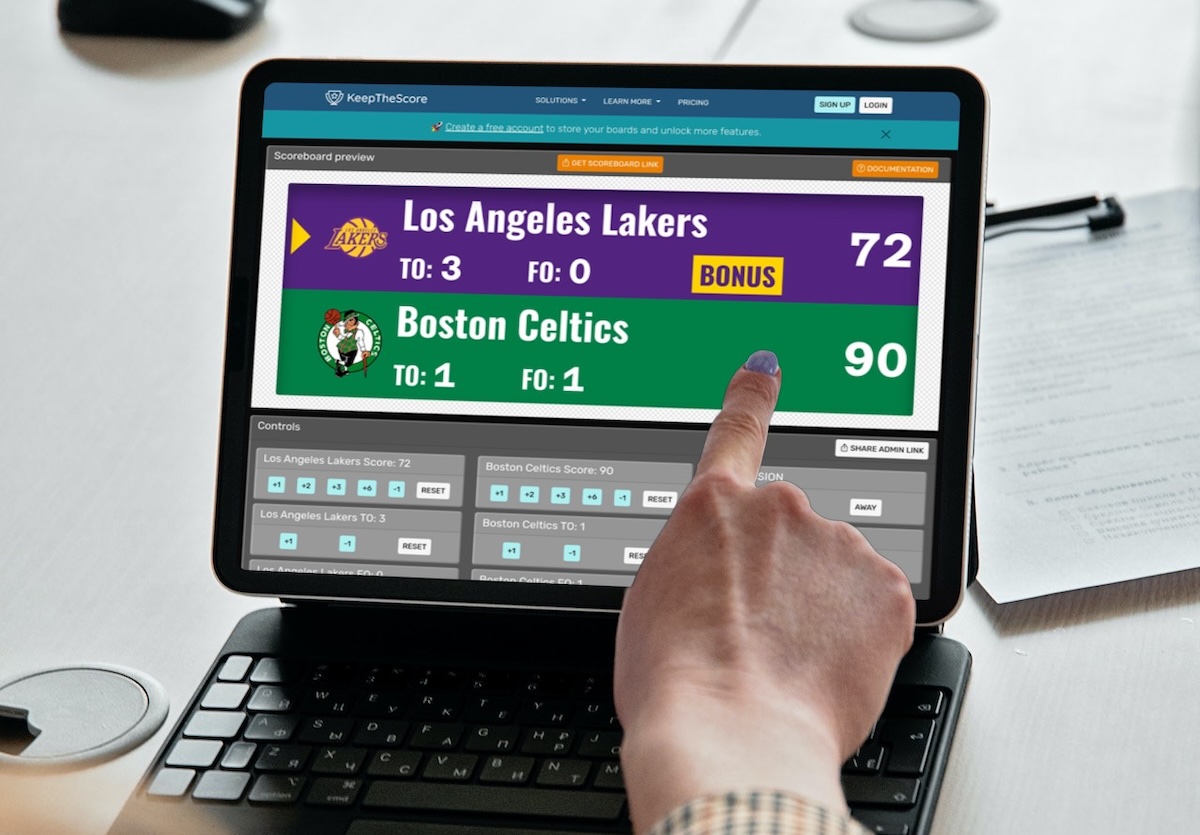William Morgan created volleyball in 1895 as a "less strenuous" alternative to basketball. Ironically, today's players jump 300 times per game—far more than basketball's 40-60. Morgan's "gentle" game has evolved into an intensely athletic, globally beloved sport.
 Woman spiking a volleyball
Woman spiking a volleyball
What Are the Basic Scoring Concepts?
Although there are some differences between beach volleyball and indoor volleyball scoring, the basic concepts remain the same. Let’s get started
Sets
A volleyball game is played in sets:
- 5 sets in indoor volleyball
- 3 sets in beach volleyball
A set is won by the first team to reach:
- 25 points In indoor volleyball
- 21 points in beach volleyball
However, the team must win by a margin of two points. If the score reaches 24-24, play continues until one team takes a two-point lead.
If a match goes to a deciding set, also known as
- the fifth set in indoor volleyball
- the third set in beach volleyball
the first team to score 15 points wins the set. Again, the team must win by a margin of two points. And if the score is tied at 14-14, play continues until one team takes a two-point lead.
Rally scoring
Years ago, volleyball was scored using a system called side-out scoring. Only the team that served the ball could win a point. Nowadays, the internationally adopted standard is rally scoring , which means that a point is awarded to the team that wins the rally, regardless of which team served the ball. This has made it significantly easier to predict the duration of a game.
 We are the champions
We are the champions
Why Do Players Rotate?
Rotation is an important aspect of a 6 vs. 6 player volleyball game that ensures fairness and versatility among players. The six players on each team must rotate positions clockwise after winning back the serve from the opposing team. Where they are standing before the next serve has no correlation to the position they play, however, there is a lot of strategy involved. Here’s a brief overview.
Serving Position
The player in the back-right position (position 1) serves the ball. After serving, this player will eventually rotate to the front-right position (position 2).
 Serving positions on a volleyball court
Serving positions on a volleyball court
Clockwise Movement
When a team wins the serve, players rotate one position clockwise. The front-right player moves to center-front, center-front to left-front, and so on.
Positional Play
Even though players are obligated to rotate, they do specialize in certain positions:
- Setters usually play in position 2 or 1.
- Outside hitters typically play in positions 4 and 2.
- Middle blockers play in positions 3 and 6.
- Opposite hitters (or right-side hitters) play in positions 2 and 1.
- Liberos, defensive specialists, can substitute freely for back-row players but are not allowed to rotate into the front row. While liberos can't serve, block, or attack the ball when it's entirely above net height, they play a crucial role in defense and ball control, indirectly impacting the team's scoring ability.
Rotation Order
The rotation order set at the beginning of the set must be maintained throughout that set. Substitutions can be made, but the rotation order remains the same.
Rotation Faults
If players are out of rotation order when the ball is served, a rotation fault occurs. The opposing team is awarded a point and service.
Understanding rotation is essential, as teams often structure their rotations to optimize their offensive and defensive capabilities in each formation. Take a look at the 5-1 rotation to see how much strategy is involved.
What Information Is on a Volleyball Scoreboard?
Unlike basketball and wrestling, which have complicated fouling regulations, volleyball only has errors. And these aren’t tracked on the scoreboard, which means there’s significantly less information on a scoreboard. What exactly does it show?
 A digital volleyball scoreboard showing all set scores
A digital volleyball scoreboard showing all set scores
Score
The score is displayed as two numbers, with the number on the left indicating the home team's score and the number on the right indicating the away team's score.
Set number
The set number is displayed above or below the score, usually in a larger font or a different color to differentiate it. This is important as it indicates which set is currently being played, and how many sets have been won by each team so far.
 A digital volleyball scoreboard showing just the number of sets won
A digital volleyball scoreboard showing just the number of sets won
Serving Team
The serving team will also be indicated on the scoreboard, often with an arrow or comparable symbol pointing towards the team currently serving. This helps spectators and players keep track of which team is currently serving.
In addition to these basic elements, some volleyball scoreboards may also display other information, including:
- Time remaining
- Timeouts
- Statistics like aces, blocks, and kills.
Overall, the purpose of the volleyball scoreboard is to provide a clear and easy-to-read display of the current state of the game, so that players, officials, and spectators can all stay informed and engaged throughout the match.
Using an online scoreboard
KeepTheScore is one of the leading providers of online scoreboards and has a dedicated volleyball scoreboard. It’s incredibly easy to get started!
 2 volleyball scoreboards created with Keepthescore.com
2 volleyball scoreboards created with Keepthescore.com
Do you have any questions or insights? Share them with us in the comments section! And if you want regular inspiration on how to use KeepTheScore, sign up for our newsletter.
Test Your Knowledge
Scenario 1: The Fifth Set Tie
In an indoor volleyball match, the score in the fifth set is tied at 14-14.
Question: What happens next?

Scenario 2: Winning the Rally
A team serves the ball, but the opposing team wins the rally.
Question: Who gets the point?
Scenario 3: Rotation After Winning Serve
A team wins back the serve in a 6 vs. 6 volleyball match.
Question: What happens next?
Scenario 4: Rotation Fault
During a serve, the players on one team are not in the correct rotation order.
Question: What happens?
Scenario 5: Beach Volleyball Set Point
In a beach volleyball match, one team scores 21 points, but the other team has 20 points.
Question: Is the set over?








